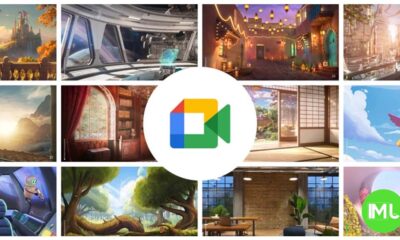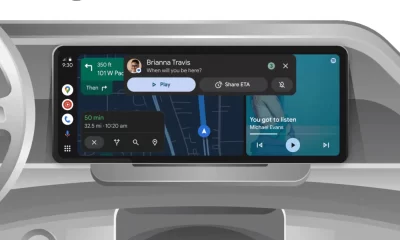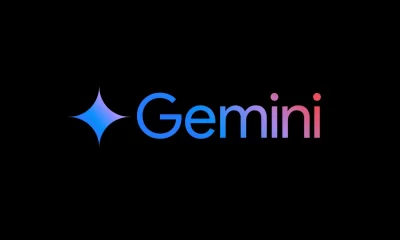Android
Google enhances Android data transfer and app login features: What to Expect in 2025
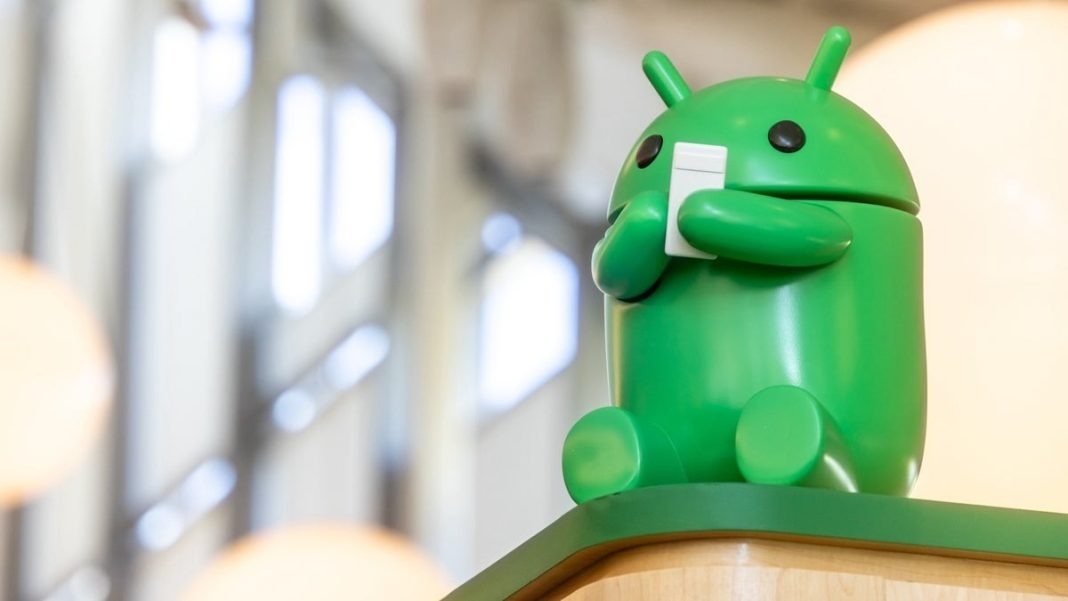
Google is making it easier to set up Android devices with new features aimed at improving data transfers and app logins. These advancements, introduced with the Pixel 9 and expanding across more Android devices in 2025, aim to simplify the user experience when switching devices or setting up a new phone.
Post-Setup Data Transfer: Explore First, Transfer Later
With the Pixel 9 running Android 14, Google introduced a flexible data transfer option. Users can now copy data from another device even after completing the initial setup. This feature, accessible through the “Back up or copy data” page in system settings, encourages users to explore their new device before transferring data.
Starting in 2025, this post-setup transfer capability will be available on more Android phones. This feature allows users to complete basic setup quickly and transfer data later when it’s convenient. Data transfers can be initiated via system settings or through the updated Android Switch app, which is available on both Android and iOS platforms.
Faster and Smarter Android Switch Experience
Google has been improving the Android Switch process for the past two years, focusing on speed and convenience. Key highlights include:
- 40% Faster Transfers: Transferring data from iOS to Android using a cable is now significantly quicker compared to 2023.
- Comprehensive Data Support: The transfer process ensures that critical data like chats, calendars, contacts, Wi-Fi configurations, screen lock settings, and Google accounts are seamlessly moved to the new device.
- RCS Compatibility: Rich Communication Services (RCS) improve messaging capabilities during the transition. Users can enjoy high-resolution media sharing, emoji reactions, and group chat management regardless of whether friends use Android or iOS.
However, full RCS data transfers are currently exclusive to Pixel 9 and are not yet available for other Android devices.
Credential Manager: Stay Logged In Effortlessly
Google is also addressing the hassle of logging back into apps after setting up a new device. The Credential Manager API, a tool responsible for managing sign-ins and passkeys, now includes a feature called Restore Credentials.
How Restore Credentials Works:
- Backup Creation: When users log into an app, a restore key is created and stored securely. This key is encrypted and saved either locally or in cloud backups, depending on the user’s preferences.
- Seamless Transfer: During device setup, restore keys are transferred along with app data—either via local device-to-device transfer or through cloud backup.
- Automatic Login: Once the app is launched on the new device, it retrieves the restore key to sign the user back in automatically.
This process eliminates the need for manual logins and even allows users to receive notifications and access app content without opening the app first.
Developer Integration:
- No additional developer work is needed for transferring restore keys, as the Android backup and restore mechanism handles this automatically.
- Developers can further enhance the experience by implementing a “backup agent,” enabling silent logins so users remain signed in without launching the app.
Availability and Future Outlook
The Restore Credentials API is currently in developer preview and supports Android 9 and later versions. With these features expanding across Android devices in 2025, Google is set to make device setup and data transfer smoother than ever.
By focusing on user-friendly innovations like post-setup data copying and automatic app logins, Google is redefining how Android users transition to new devices while ensuring data security and convenience.
Android
Easy ways to change Android Auto’s look with light and dark themes
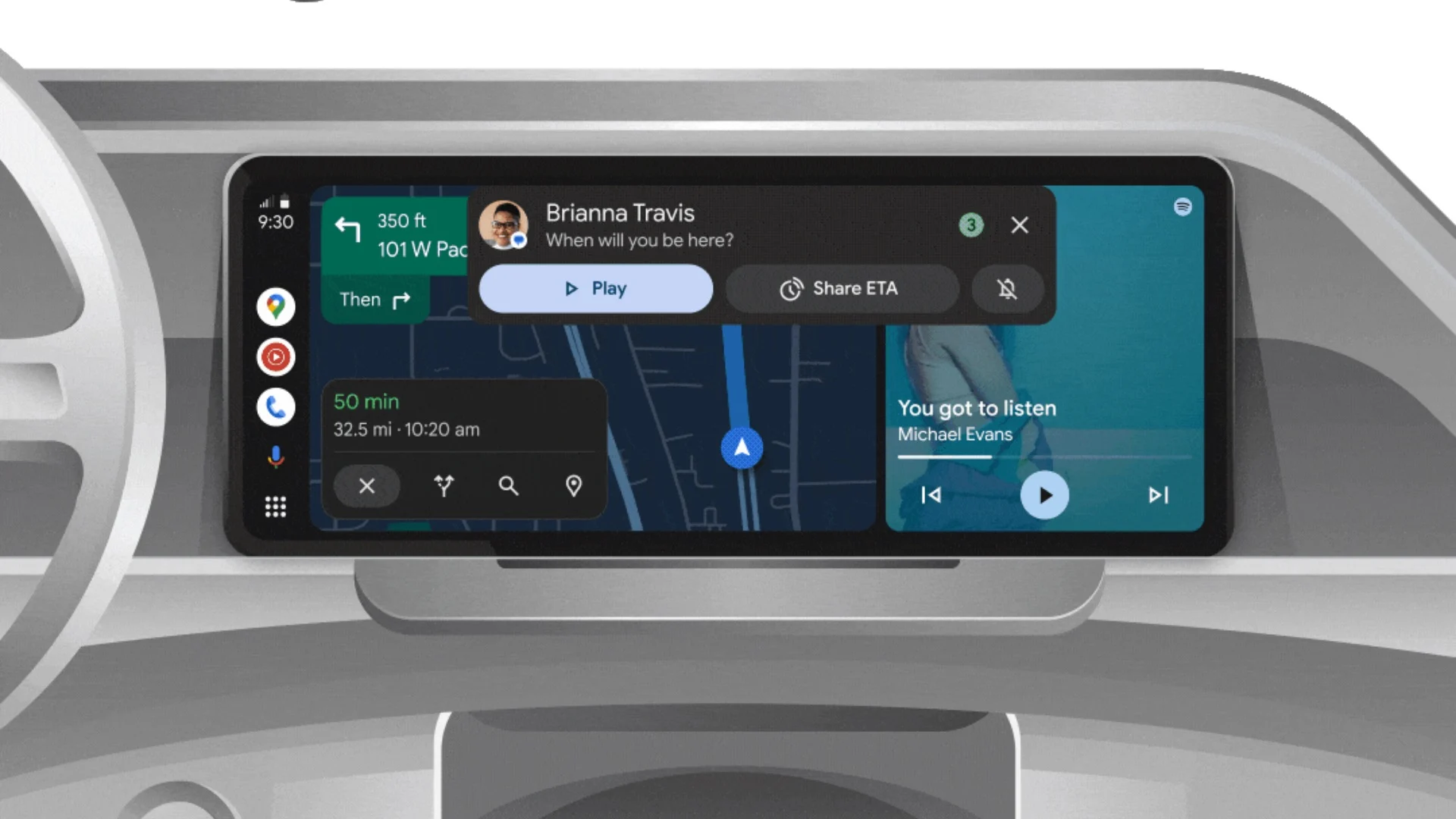
Android Auto is a helpful tool that lets you use your phone’s apps safely while driving. It connects your phone to your car’s screen, making it easier to use maps, music, and calls. One of the features many people like is the ability to change how Android Auto looks by switching between light and dark themes.
How to switch between light and dark themes
Android Auto offers two main themes: light and dark. The light theme uses brighter colors, which can make the screen easier to see during the day. The dark theme uses darker colors, which can be more comfortable for your eyes at night or in low light.
To change the theme, follow these steps:
- Open the Android Auto app on your phone.
- Go to the settings menu.
- Find the “Theme” option.
- Choose between “Light,” “Dark,” or “Set by car” (this lets your car decide the theme based on the time of day or your car’s settings).
Why themes matter
Using the right theme can make driving safer and more comfortable. The light theme is good for bright days, while the dark theme helps reduce glare at night. Having these options means you can pick what works best for you, making Android Auto easier to use in any condition.
In short, Android Auto’s theme options are simple to use and help you drive more safely by making the screen easy to see, no matter the time of day.
Android
Google’s New Updates: Gemini 2.5 Pro, Android 16 features, and Messages change

Google has just rolled out some exciting updates across its services and apps. Here’s a simple breakdown of what’s new and what it means for you.
Gemini 2.5 Pro is here
Google has launched Gemini 2.5 Pro, the latest version of its AI model. This upgrade brings smarter and faster responses, making it easier for users to get helpful answers. Gemini 2.5 Pro is now available in Google’s AI Studio and Vertex AI, so developers can build even better tools and apps using this technology.
Android 16 brings more customization
Android 16 is adding new ways to personalize your phone. One of the standout features is the ability to hide the clock on your lock screen, giving you a cleaner look if you want it. This is part of Google’s push to let users make their phones feel more unique. There’s also a new animation for the power button, making the experience smoother and more modern when you turn your phone on or off.
Google Messages removes the unsubscribe button
If you use Google Messages, you might notice that the “Unsubscribe” button is gone from some business messages. Google has removed this feature, so users now have to find other ways to stop unwanted texts. This change might make it a bit harder to manage spam, but Google hasn’t said why the option was removed.
What does this mean for you
These updates show that Google is focused on making its products smarter and more personal. Whether you’re using AI tools, customizing your phone, or managing your messages, you’ll see some changes that aim to improve your experience.
Android
Here’s what’s new with Google Keep and Android Automotive apps

Google Keep is getting a fresh look with the new Material You design, making it more colorful and easier to use on Wear OS smartwatches. The update brings bigger buttons and clearer text, so you can quickly jot down notes or check your lists right from your wrist. This makes Google Keep more handy when you’re on the go and don’t want to pull out your phone.
On another front, Android Automotive is improving how apps show information while you drive. Instead of opening full apps, you’ll see simple cards on your car’s screen that give you important details at a glance.
These cards help keep your focus on the road by showing things like music controls, navigation updates, or reminders without distractions. This new card system is designed to work smoothly with apps like media players and navigation tools, making your driving experience safer and more convenient.
Together, these updates show Google’s effort to make its apps smarter and easier to use in everyday life, whether you’re walking around with your smartwatch or driving your car. The focus is on clear, simple designs that help you get things done quickly without hassle.
In short, Google Keep’s new look on Wear OS and the smart cards in Android Automotive are small but useful changes that make tech fit better into your daily routine.
-
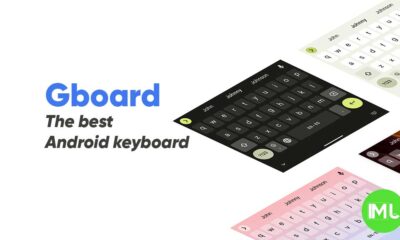
 Apps1 year ago
Apps1 year agoGboard Proofread feature will support selected text
-
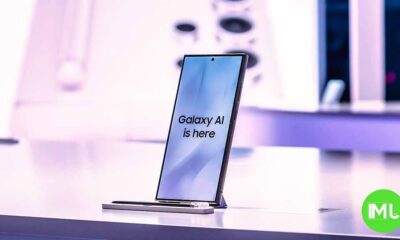
 News1 year ago
News1 year agoSamsung USA crafting One UI 6.1.1
-

 Apps12 months ago
Apps12 months agoGoogle Contacts app testing new Besties Widget
-
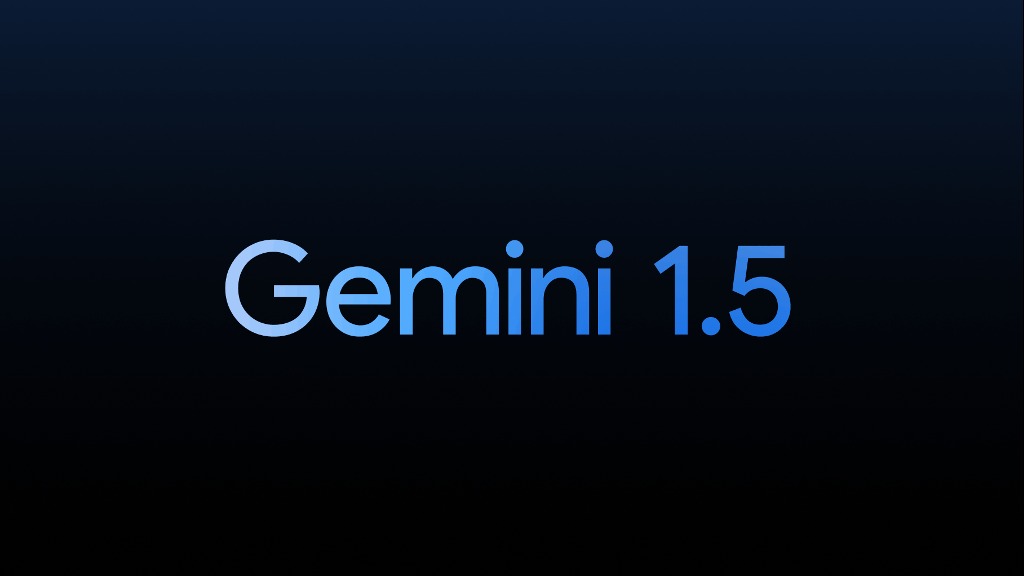
 AI12 months ago
AI12 months agoGoogle Pixel 9 Pro may come with a complimentary one-year Gemini Advanced subscription
-

 News1 year ago
News1 year agoBreaking: Samsung Galaxy S22 may get Galaxy AI features
-
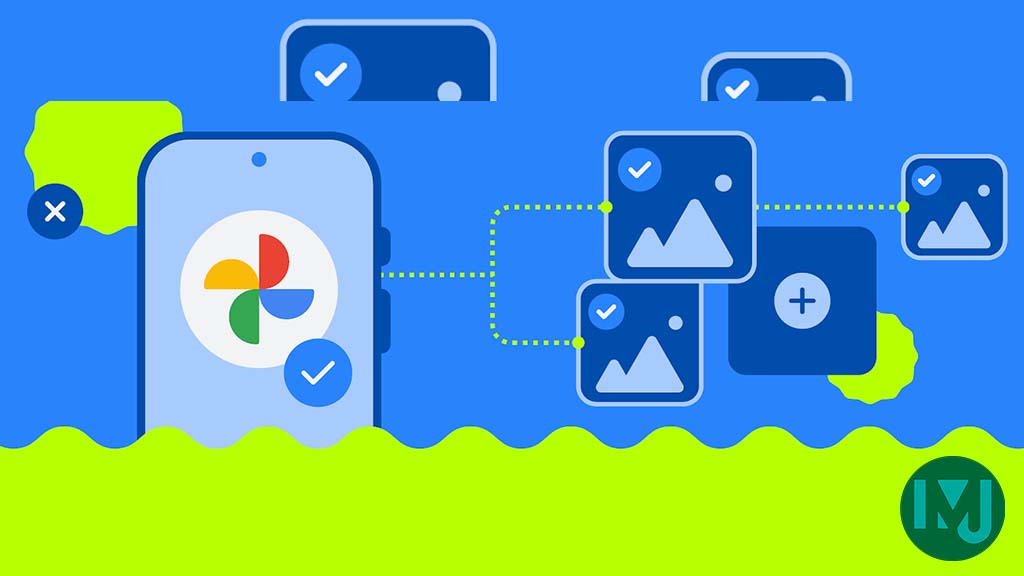
 Apps12 months ago
Apps12 months agoGoogle working on a new video editing feature for its Photo app
-
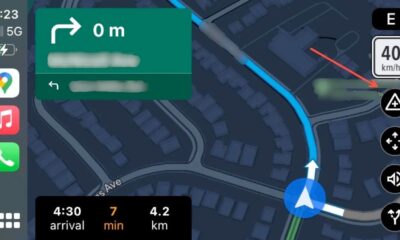
 Apps12 months ago
Apps12 months agoGoogle Maps lets you report traffic jams and accidents on Apple CarPlay, but not on Android Auto
-
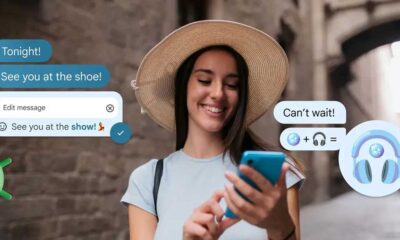
 Apps12 months ago
Apps12 months agoGoogle Messages app will transform MMS chats into RCS

